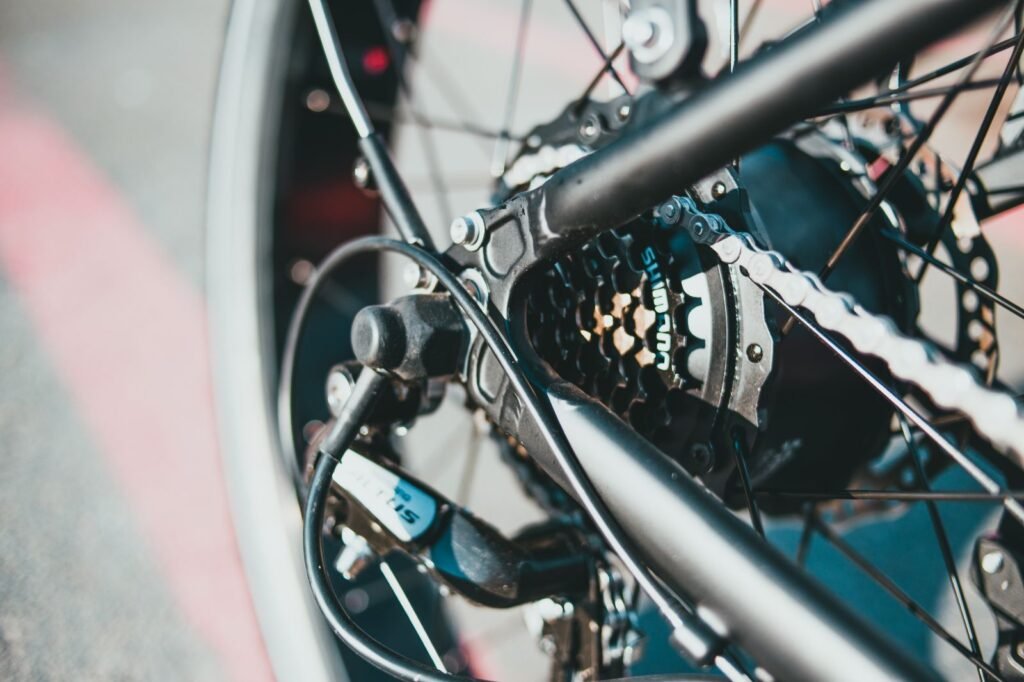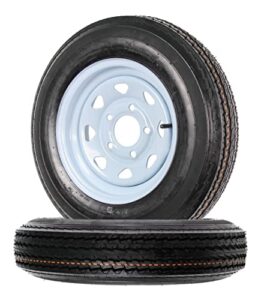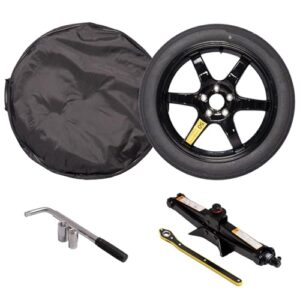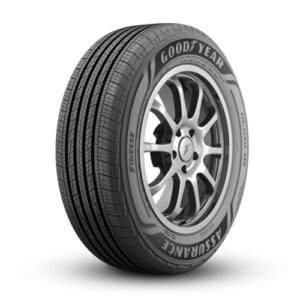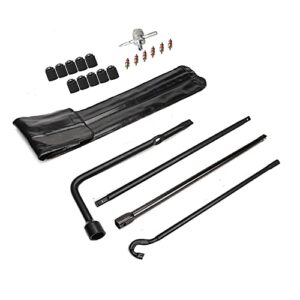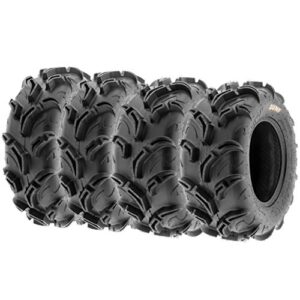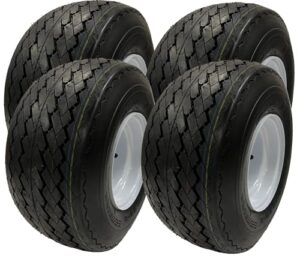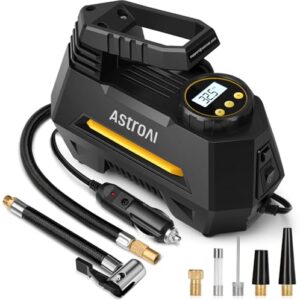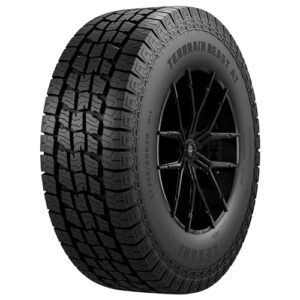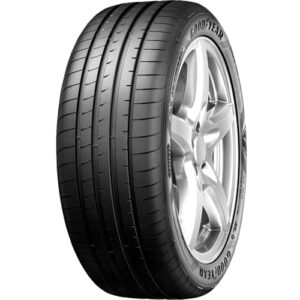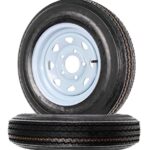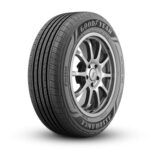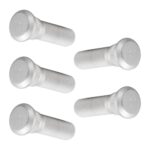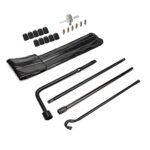Fat tire bikes are heavier and more challenging to pedal on hard, paved surfaces. They often require more maintenance due to their specialized components.
Fat tire bikes have surged in popularity among cycling enthusiasts who crave adventure on varied terrain. Their wide tires provide improved stability and traction, perfect for off-road trails, snow, and sand. Yet, these all-terrain champions come with distinct disadvantages. Their substantial weight can deter quick maneuvering and efficient long-distance travel on smoother roads.
Cyclists also face increased effort due to the greater rolling resistance. Despite the prowess in rugged landscapes, riders who frequent asphalt or commuting paths may find fat tire bikes less practical for everyday use. Maintenance can be another concern, as fat bikes feature unique parts that might not be as readily available or as easy to repair as those on standard bicycles, potentially leading to longer downtimes and higher costs.
Introduction To Fat Tire Bikes
Introduction to Fat Tire Bikes offers a view into the biking world that’s less traveled. These bikes are beasts of the trail. They boast oversized tires, often 3.8 inches or larger. This design provides a grip on terrain that would stop other bikes in their tracks. But they are not without their downsides. Buckle up as we dive into what makes these bikes different and what might make them a challenging ride.
Rise In Popularity
Fat tire bikes have grown from a niche market to a trendsetter. Their ability to conquer snow, sand, and mud is unparalleled. They are the go-to choice for adventure riders. The chunky tires not only look cool but also promise a ride that’s unlike any other.
Contrasting Bike Types
- Mountain Bikes: Agile on rocky paths but can struggle in loose sand or snow.
- Road Bikes: Built for speed on smooth surfaces, not suitable for rugged terrains.
- Hybrid Bikes: A cross between road and mountain bikes, but do not excel in extreme conditions.
- BMX: Great for tricks and jumps, poor for long-distance or varying landscapes.
Heftier Frame And Weight
Fat tire bikes stand out in the biking world. They boast large, impressive tires. Yet, this design has a downside. Such bikes carry extra weight. Their frames must support the unmistakable bulky tires. The heft of these bikes can influence your biking experience. Let’s tackle the challenges of a more robust build.
Challenges In Transporting
Moving a fat tire bike is not always easy. Its bulk makes it less handy. You may find it tough to lift and carry. Fitting it onto a standard bike rack is not always simple. You may need special equipment. Consider these points:
- Heavier to lift: Not perfect for frequent car transport.
- Oversized for many bike racks.
- May require special carriers for ease.
Effects On Acceleration
The weight of a fat tire bike impacts its acceleration. It takes more effort to get going. Your start can be slower compared to light bikes. You will work harder to pick up speed. On flat surfaces, this effort is noticeable. Here’s what to expect:
| Factor | Impact |
|---|---|
| Weight | Slower starts and climbs |
| Inertia | More power to change speed |
Increased Rolling Resistance
Fat tire bikes boast wide tires that increase traction and stability. This unique feature allows for a unique riding experience through snow, sand, and other rugged terrain. Yet, these same characteristic wide tires also bring with them a notable disadvantage: increased rolling resistance.
Pedaling Efficiency
The broader surface of fat tires requires more energy to push against the ground. More effort to pedal means riders may tire faster. Cyclists find themselves working harder to maintain the same pace as with standard tires. This is particularly evident during long rides on pavement where fat tires aren’t in their perfect element.
Impact On Speed
With increased rolling resistance, speed takes a hit. Fat tire bikes do not slide over roads as quickly as slimmer tires. On flat and hard surfaces, the friction caused by the wide tires means you’ll be moving slower compared to a conventional bike. Riders looking for speed might find this a key deterrent in opting for a fat tire bike.
| Factor | Effect on Fat Tire Bikes |
|---|---|
| Rolling Resistance | Increases, leading to more effort required |
| Pedal Power | Decreases efficiency, especially on hard surfaces |
| Speed | Reduces, affecting the bike’s overall swiftness |
- Wide tires, more effort.
- Faster tire wear on pavement.
- Not suitable for racing.

Maintenance And Repairs
While fat tire bikes offer robust performance in challenging terrains, they can be demanding when it comes to maintenance and repairs. Regular upkeep ensures a smooth ride. Yet, the very features that make fat tire bikes durable, also contribute to certain disadvantages in maintenance and repairs.
Availability Of Replacement Parts
Finding the right parts for a fat tire bike can be tricky. The unique size of the tires and specialized components mean that not all bike shops stock what you might need. This scarcity of fat bike-specific parts can lead to lengthy downtime while waiting for the right parts to arrive.
Here is a list of parts that may be harder to find:
- Extra wide rims
- Specific hubs suitable for wider rims
- Fat tire tubes and tires
- Certain drivetrain components
Cost Considerations
Maintaining a fat tire bike can often cost more than standard bikes. The specialized parts are typically more expensive due to their size and less frequent production. Special tools may also be necessary for proper maintenance. Here’s a breakdown of potential costs:
| Part | Average Cost |
|---|---|
| Fat Tires | $90 – $150 |
| Wide Rims | $100 – $200 |
| Heavy-Duty Tubes | $20 – $40 |
| Drivetrain Components | $50 – $250 |
Note: The prices above are estimates and can vary based on brand and availability.
Off-road Limitations
Fat tire bikes bring adventure to your doorstep, but like all bikes, they have their quirks. Let’s dive into their off-road limitations, where wider isn’t always better.
Navigating Narrow Trails
On narrow paths, those extra-wide tires can feel like a double-edged sword. They provide stability, sure, but they can make it tough to squeeze through tightly spaced trees or between rocks. Tricky passages that require precise navigation can slow down riders and lessen the fun.
- Squeezing through tight spaces becomes harder.
- Extra width may clip obstacles on the trail.
- Tires can struggle with sharp turns.
Handling And Maneuverability Issues
The larger the tire, the more effort it takes to steer. This is keenly felt off-road, where quick handling can be critical. Fat tire bikes require more muscle to change direction, causing rider fatigue and reducing the ability to avoid sudden obstacles.
| Tire Size | Effort to Steer | Handling Quality |
|---|---|---|
| Wide (Fat) | High | Poor |
| Narrow (Traditional) | Low | Good |
- Piloting the bike takes extra strength.
- Quick evasive moves are tougher.
- Rider fatigue sets in faster.
Ensure that the content is clear, direct and focused on the subtopics provided. Keep language simple and sections well-organized for the best SEO outcomes.
Weather Dependent Performance
Fat tire bikes offer a unique experience across diverse terrains. Yet, their performance can be weather dependent. Just like any other vehicle, certain conditions pose challenges that riders should be aware of before setting off.
Struggles In Wet Conditions
When rain hits, fat tire bikes often find it tough to keep up. Their broad tires are designed to float over soft surfaces like sand and snow.
- Increased resistance from heavy rain can slow you down.
- Traction reduces as surfaces become wet, making it hard to maintain stability.
- Muddy conditions can clog the wide tires, adding extra weight and reducing speed.
Cold Climate Challenges
While fat tire bikes excel in snow, extreme cold brings issues to consider:
- Lubricants can thicken or freeze, causing mechanical parts to work harder.
- Battery performance for e-fat bikes declines in freezing temperatures.
- Ice can decrease tire grip, leading to a slippery ride.
Being aware of these limitations means better preparation and safety on your rides.
Comfort And Ergonomics
Fat tire bikes, with their wide and stable tires, offer unique benefits. Yet, riders may find disadvantages in comfort and ergonomics. These bikes can change how we experience riding, with potential impacts on rider comfort and bike handling. Let’s explore these in detail.
Rider Fatigue
Biking should energize, not drain you. Fat tire bikes can lead to quicker exhaustion for some riders. Their wider tires increase rolling resistance. This makes pedaling harder and requires more effort. Long rides might feel especially tiring. This fatigue can affect the fun and efficiency of your ride.
Seat And Posture Disadvantages
Your ride’s comfort connects closely to your seat and posture. Fat tire bikes might not provide the best seating for everyone. They can have seats that feel harder and less comfortable on longer journeys. Riders might also find their posture compromised. This is due to the bike’s design which can lead to upper and lower back strain. Proper seat adjustment and posture are key to preventing discomfort.
Consider the following points for maximizing comfort and ergonomics when riding a fat tire bike:
- Select the right seat: Look for seats with good padding and ergonomic features.
- Adjust your bike properly: Ensure seat height and handlebar positioning suit your build.
- Take breaks: If you are on a long ride, stop and stretch to reduce muscle fatigue.
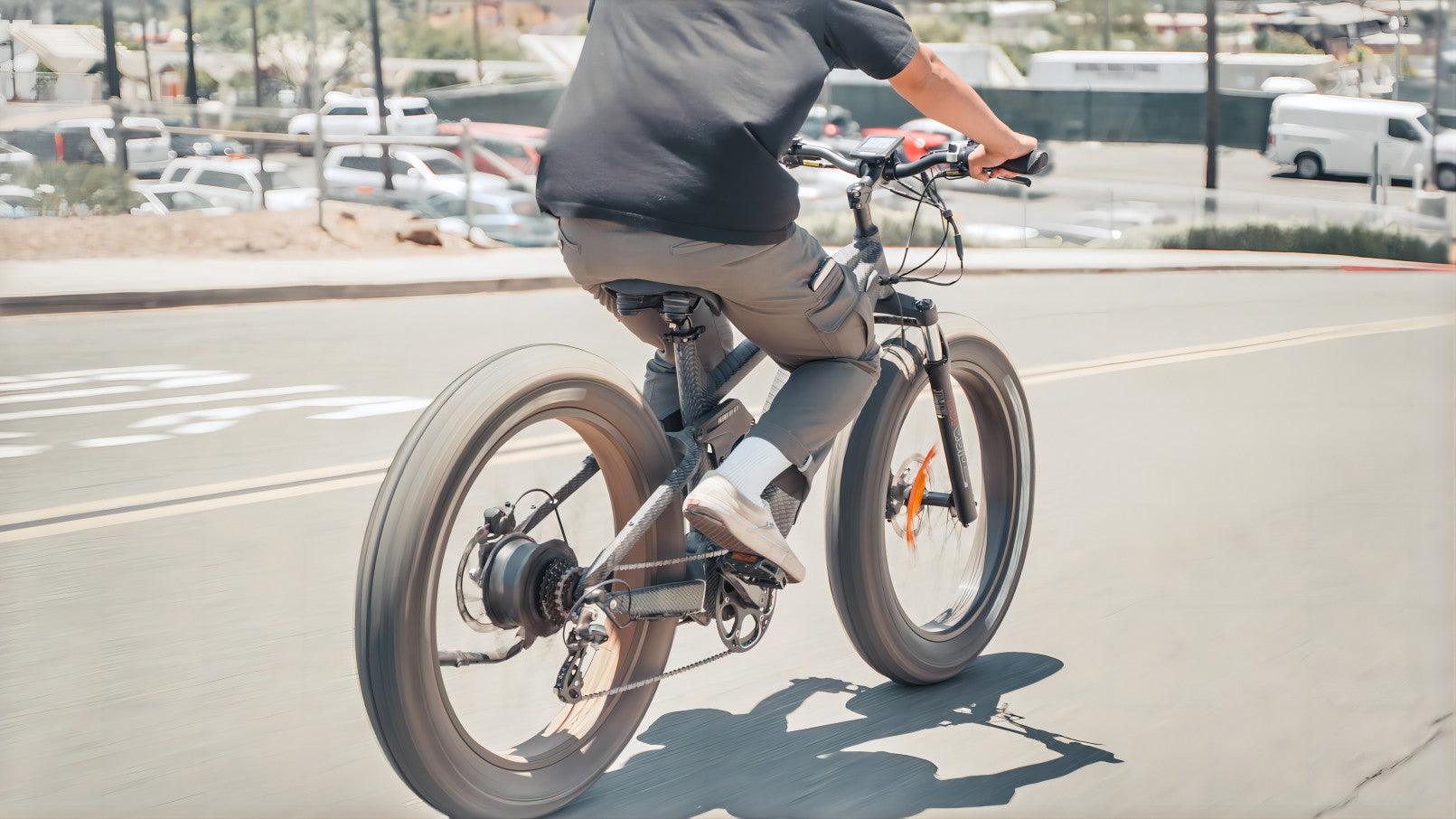
Environmental And Terrain Adaptability
Environmental and Terrain Adaptability is key when choosing the right bike. Fat tire bikes have gained popularity for their stability and comfort. Yet, certain landscapes can challenge these robust rides.
Urban Riding Drawbacks
Fat tire bikes are not the urban cyclist’s best friend. Their wide tires make it hard to navigate tight city spaces. They can be slow on concrete, making daily commutes longer and tougher. These bikes also need more space to park, which is scarce in crowded cities.
- Limited maneuverability in high-traffic areas
- Longer commuting times on paved roads
- Challenges with parking and storage in compact urban spaces
Beach And Sand Riding Complications
Beaches might seem like the perfect stage for fat tire bikes. Yet, soft sand can be tricky. These bikes are heavy, making them hard to push on sandy shores. Sand can even damage the bike, including its gears and brakes.
| Challenge | Effect |
|---|---|
| Soft Sand | Increased exertion needed to pedal |
| Heavy Bike Frame | Difficulty in transporting and handling the bike |
| Sand-related Damage | Potential for increased maintenance costs |
Comparative Expense
Exploring the allure of fat tire bikes also means weighing the ‘Comparative Expense’. These rugged bikes look ready for anything, but do the costs outweigh the benefits? From the outset, expenses can be substantial. Over time, these costs may continue to dent the wallet.
Initial Investment
Fat tire bikes come with a hefty price tag. Premium materials and robust construction account for the higher cost. Consider the price breakdown:
- Frame and tires: Larger, durable components add to the cost.
- Specialized Design: Niche market production keeps prices up.
- Branding: Known makers charge more for their trusted name.
All these factors lead to a higher initial purchase cost compared to standard bikes.
Long-term Financial Commitment
Maintaining a fat tire bike also requires a substantial financial commitment. The unique parts of fat tire bikes, like oversized tires and specialized components, increase maintenance costs.
| Expense Type | Estimated Cost |
|---|---|
| Replacement Tires | Higher than average |
| Regular Maintenance | Above standard bike costs |
| Specialized Repairs | Pricier due to unique parts |
In addition to parts, the scarcity of technicians familiar with these bikes can lead to increased labor costs. The investment continues long after the initial purchase, making the fat tire bike a luxury item for many.
Concluding Thoughts On Fat Tire Bikes
As we explore the unique world of fat tire bikes, it’s vital to stand back and assess these intriguing two-wheelers fully. With their distinctive features and capabilities, fat tire bikes invite riders into a new realm of cycling possibility, yet they present certain setbacks that may influence your decision to own one.
Weighing The Pros And Cons
Fat tire bikes possess a remarkable ability to conquer terrains that would halt a standard bicycle in its tracks. Their wide tires offer stability and comfort, absorbing shocks from bumps and obstacles. Despite this, the qualities that make them stand out also contribute to their disadvantages, which are essential to consider.
- Increased weight: The heft of these bikes makes them less agile and considerably harder to transport.
- More effort to pedal: The wide tires create greater rolling resistance, requiring more energy to ride, especially on smooth roads.
- Slower speeds: Achieving high speeds is a challenge, making them less perfect for riders seeking velocity.
- Cost: The price can be higher than regular bikes due to the specialized design and materials.
- Maintenance: Those big tires might mean more upkeep or potentially higher costs for repairs.
Potential Market Developments
Innovation could reshape the future of fat tire bikes. As consumers voice their experiences, manufacturers listen closely, and advancements emerge. Lighter materials could reduce weight, while improved tire technology may decrease rolling resistance. With these developments, fat tire bikes could become more versatile and less cumbersome, enticing a broader market.
| Development | Impact |
|---|---|
| Lighter Frames | Improved Transportability |
| Advanced Tires | Reduced Resistance |
| Cost Efficiency | Wider Accessibility |
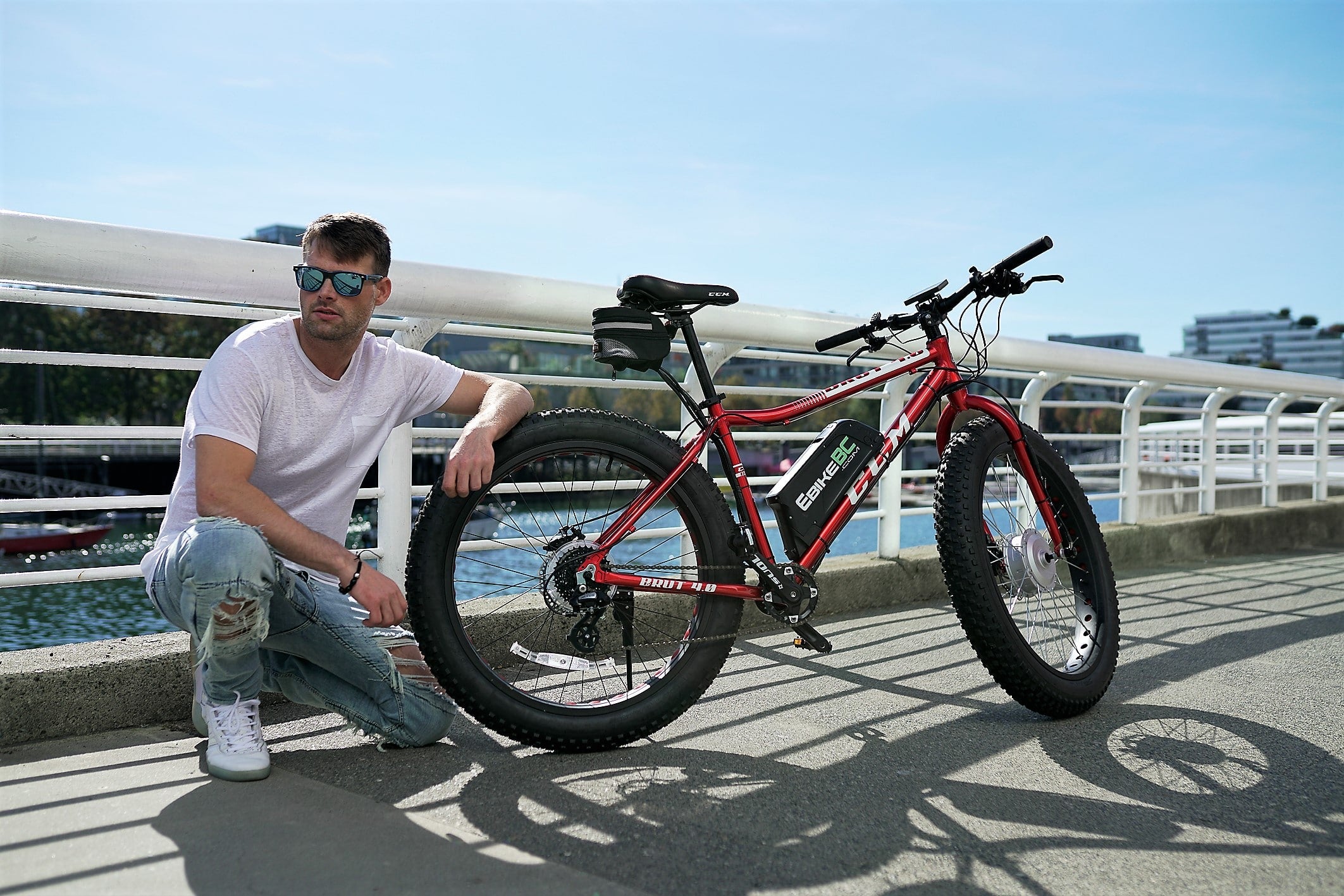
Frequently Asked Questions
Is It Harder To Pedal A Fat Tire Bike?
Yes, pedaling a fat tire bike can be harder due to greater rolling resistance and heavier weight compared to standard bikes.
Are Fat Tire Bikes Bad On Pavement?
Fat tire bikes are not inherently bad on pavement, but their wide tires can make pedaling more strenuous and less efficient on smooth surfaces. They are designed for off-road use and traction on rugged terrain rather than for speed on paved roads.
What Are The Pros And Cons Of Fat Tire Bikes?
Pros of fat tire bikes include increased stability, better grip on tricky terrain, and increased comfort over rough surfaces. Cons involve their heavier weight, slower speeds on pavement, and generally higher cost.
Why Would You Buy A Fat Bike?
You would buy a fat bike for superior traction and stability on rough, slippery, or uneven terrain, including snow and sand. Its wide tires offer a smoother ride over obstacles.
Conclusion
Wrapping up, the drawbacks of fat tire bikes can’t be overlooked. They pose a challenge with their weight, maneuverability, and cost. The ride isn’t as quick and the upkeep can strain your wallet. Nonetheless, for off-road enthusiasts seeking stability and comfort, these might be minor trade-offs.
Choose wisely based on your cycling needs.


